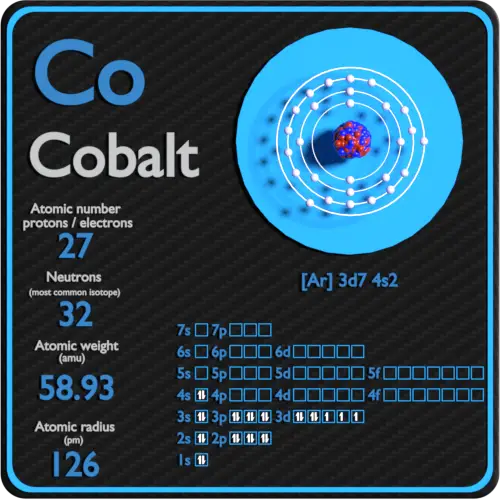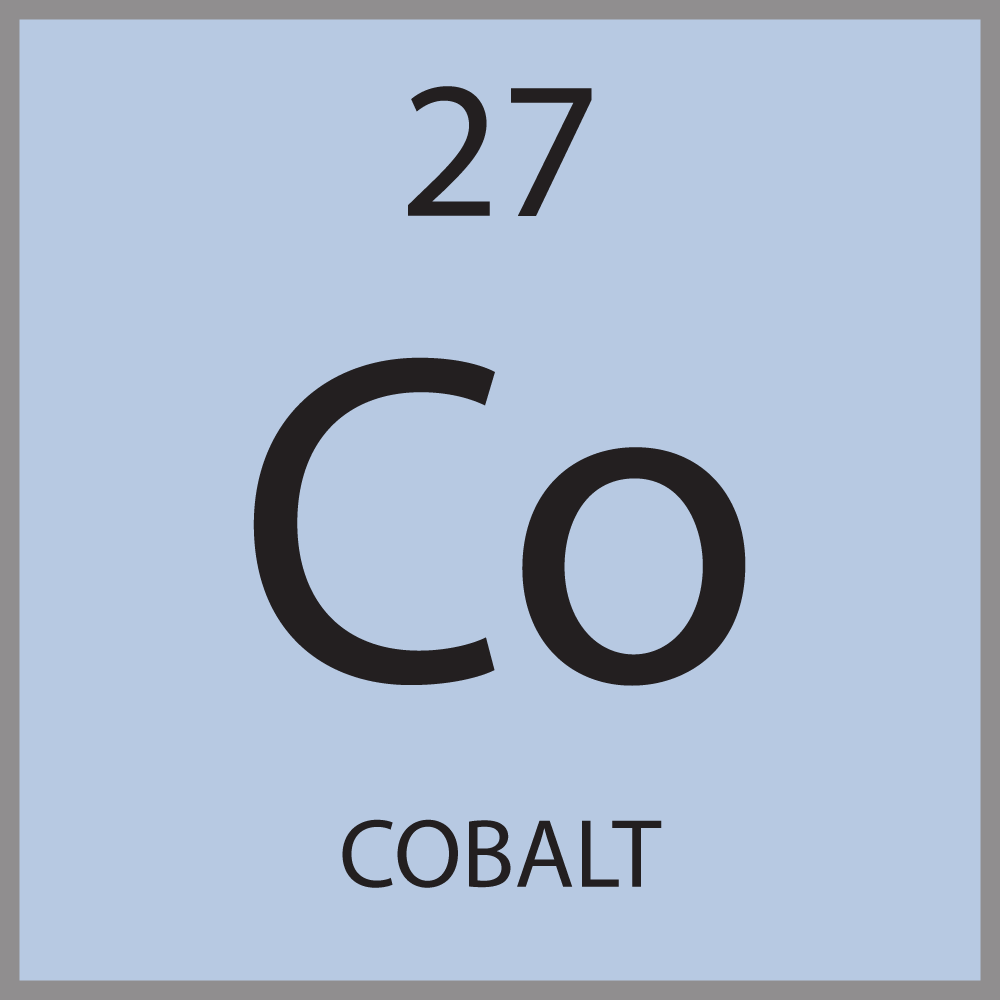

These metals possess low strength and high ductility. Metals containing FCC structures include austenite, aluminum, copper, lead, silver, gold, nickel, platinum, and thorium. This structure, along with its hexagonal relative (hcp), has the most efficient packing (74%). In a face-centered cubic arrangement, a unit cell contains (8 corner atoms × ⅛) + (6 face atoms × ½) = 4 atoms.
Face-centered Cubic.In a face-centered cubic (FCC) arrangement of atoms, the unit cell consists of eight atoms at the corners of a cube and one atom at the center of each of the faces of the cube. These metals possess high strength and low ductility. Metals containing BCC structures include ferrite, chromium, vanadium, molybdenum, and tungsten. The packing is more efficient (68%) than simple cubic and the structure is a common one for alkali metals and early transition metals. In a body-centered cubic arrangement, a unit cell contains (8 corner atoms × ⅛) + (1 center atom × 1) = 2 atoms. In a body-centered cubic (BCC) arrangement of atoms, the unit cell consists of eight atoms at the corners of a cube and one atom at the body center of the cube. The three most common basic crystal patterns are: There are 14 general types of such patterns known as Bravais lattices. It is this repeated pattern which control properties like strength, ductility, density, conductivity (property of conducting or transmitting heat, electricity, etc.), and shape. The forces of chemical bonding causes this repetition. A crystal lattice is a repeating pattern of mathematical points that extends throughout space. In metals, and in many other solids, the atoms are arranged in regular arrays called crystals. It was also the isotope associated with experiment which demonstrated the nonconservation of parity.A possible crystal structure of Cobalt is hexagonal close-packed structure. The isotope was used for many years in radiation therapy for cancer. The isotope Cobalt-60 has historical significance because it was a component in the radioactive fallout from nuclear weapons. One of those transitions has become very important for Mossbauer effect studies. The decay of cobalt-57 by electron capture produces an excited state of iron-57 which emits gamma rays to reach its ground state. Cobalt oxide, CoO, is a black powder, but it gives a blue color to glass when dissolved in it (cobalt glass). Alnico alloys iron, nickel, cobalt and aluminum.Ĭobalt chloride (CoCl 2.6H 2O) forms red crystals which turn blue when dehydrated. Erythrite is an arsenate of cobalt and also shows a red or rose color.Ĭobalt is used to produce the strongly ferromagnetic alloy alnico which is used to make strong permanent magnets. Roselite is an arsenate that contains cobalt, magnesium and calcium and forms red crystals. Cobalt and nickel form the sulfide siegenite, CoNi 2S 4. Cobalt joins with iron and arsenic in the sulfide glaucodot, (Co,Fe)AsS. Copper, cobalt and nickel join in the sulfide carrollite, Cu(Co,Ni) 2S 4. Cobalt forms the sulfide mineral linnaeite, Co 3S 4. Cobalt is usually found in association with nickel. 
The sulfide mineral cobaltite, CoAsS, also occurs. Cobalt also forms an arsenide with the content CoAs 2-3 which is called skutterudite. It occurs in the minerals smaltite and safflorite with the composition CoAs 2. Cobalt is a silvery-white metal, with a slight reddish tinge.






 0 kommentar(er)
0 kommentar(er)
